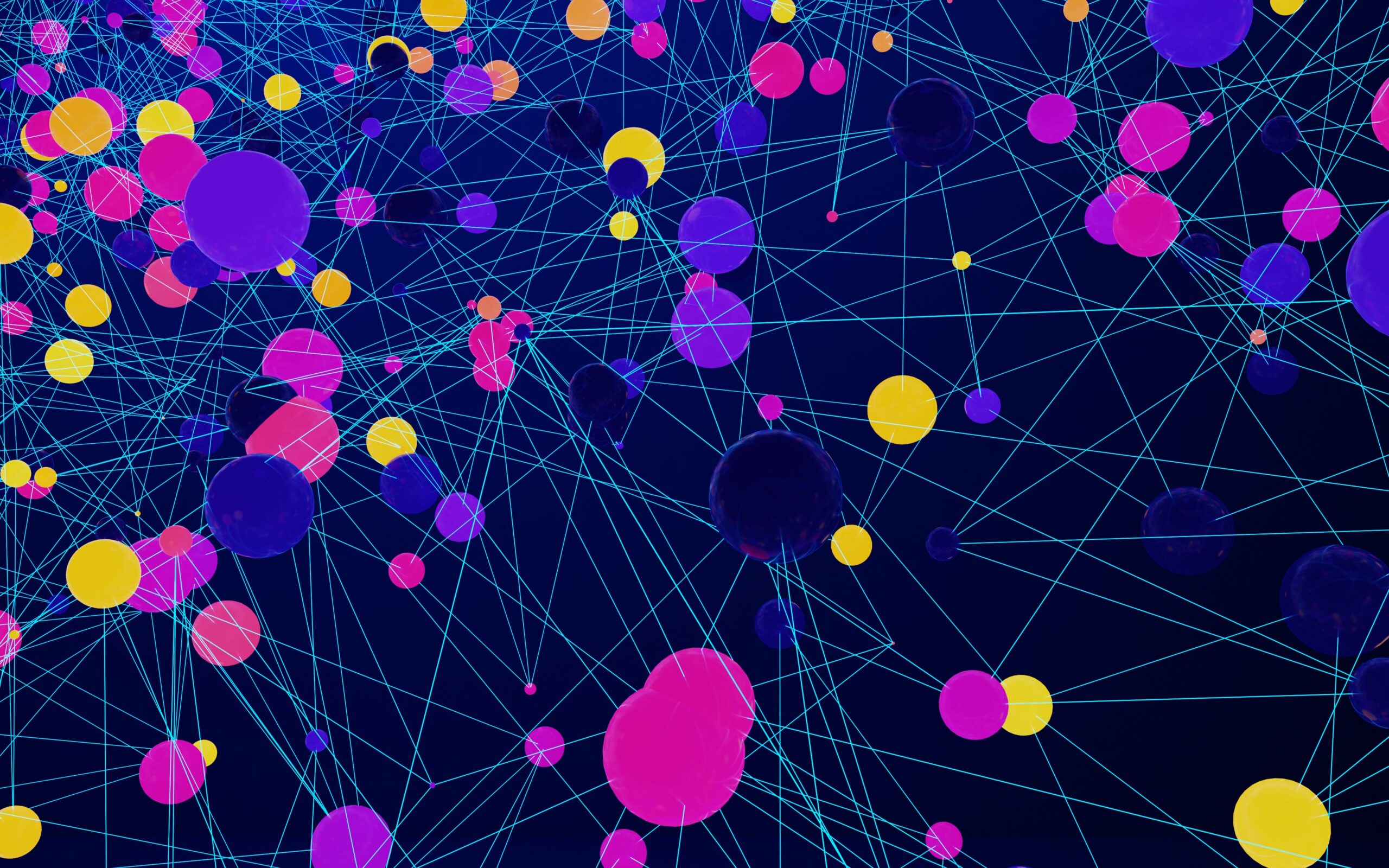
The new hyper-parallel computer offers a new way to infinitely scale blockchains to handle larger computational workloads, according to Arweave co-founder and CEO Sam Williams.

Arweave says it allows chains of transactions to run in parallel.
(BoliviaInteligente/Unsplash)
Posted February 27, 2024 at 10:00 am EST.
Decentralized storage network Arweave revealed on Tuesday the testnet of AO, which the company says is a new way to “infinitely” scale blockchains to handle larger computational workloads. AO could allow artificial intelligence (AI) large language models (LLMs) to operate directly within smart contracts, according to press materials provided to Unchained.
Smart contracts are programs recorded to a blockchain that run when certain conditions are met. The contracts are verifiable without trust, meaning no central “trusted” figure is in charge of the data. Anyone can verify the execution and outcome of a smart contract through the transparent and auditable transactions on the blockchain.
Read more: What Is Decentralized File Sharing And How Does It Work?
Large-Scale and Verifiable Compute
“AO is the hyper-parallel computer,” said Arweave co-founder and CEO Sam Williams in the announcement video. “It’s a decentralized computation environment that allows you to run any number of processes in parallel at the same time.” He explained, “Previous decentralized compute systems have either enabled large-scale compute or verifiable compute. AO lets you do both at once.”
Large-scale compute refers to the ability to process vast amounts of data or perform complex computations across a wide range of tasks or applications. Verifiable compute ensures that the results of these computations can be independently verified and trusted by others, typically achieved through transparency and cryptographic techniques.
Horizontal Scaling
AO expands the capacity for verified computations within smart contracts by scaling horizontally, allowing multiple threads (chains of transactions or computations) to run in parallel and communicate through message passing instead of a single shared memory space like Ethereum, which can cause bottlenecks and scalability problems, Williams explained during a call with Unchained. This would mean that the threads could share data or coordinate tasks while running in parallel rather than relying on a centralized memory space.
Other potential use cases of AO include trading bots, decentralized recommendation systems, and indexes for social media. For example, an autonomous trading bot running within a smart contract could be programmed to read news pages every minute and trade assets based on new information, which would all transpire onchain.
AO has been in beta for a few weeks, which means some early projects have already been built. The team at Arweave India produced Orbit, an oracle system for AO that allows a user to pull an entire webpage into a smart contract for processing, which would give access to broader financial information.
Arweave is a decentralized storage network that permanently stores data on its blockchain, ensuring the availability and immutability for future access and verification. Arweave has reached over 3 billion transactions and averages hundreds of transactions per second, according to the company.
Read more: Meta Integrates Arweave Protocol to Store Instagram’s Digital Collectibles





